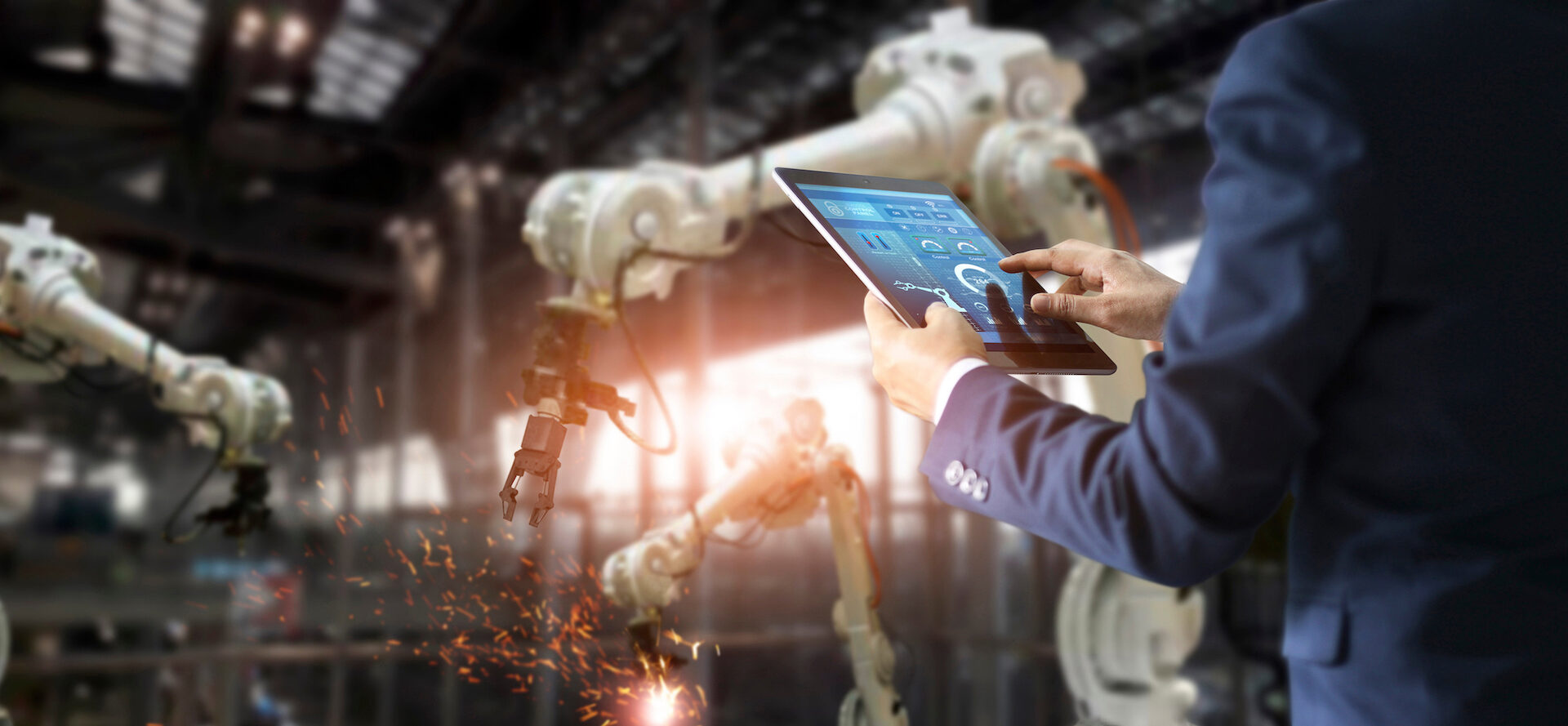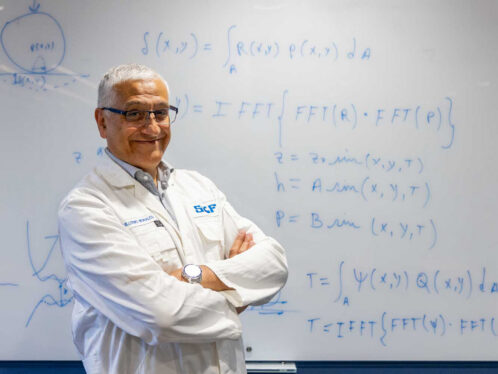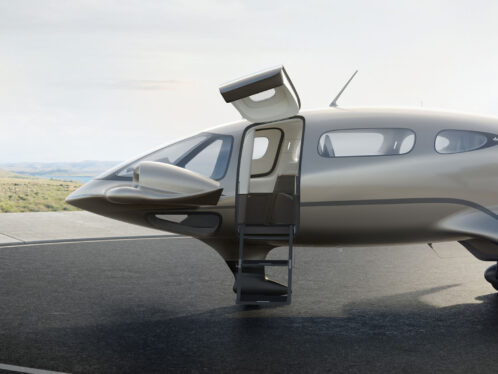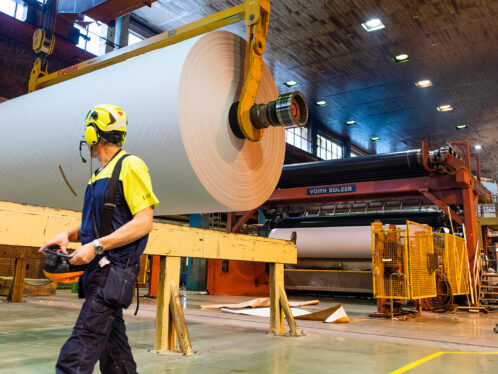
Hypercar – more than just hype
Amory B. Lovins believes his innovative car concept is one for the future. He envisions cars that can generate power when parked.Sipping a cup of milky tea in a quiet corner of a hotel breakfast room, bespectacled and unassuming, Amory B. Lovins hardly looks like a man about to change the world – or at least the cars it drives.
But if the prize-winning vehicle he calls a hypercar becomes a mass market reality, that’s exactly what he believes will happen. And, he says, the key elements are ready to go.
Lovins is co-director of the Rocky Mountain Institute, which he founded with his wife L. Hunter Lovins in 1982. Trained as an experimental physicist – now a “recovering” physicist, he says – Lovins is also something of a futurist and an environmental guru. The goal of the nonprofit RMI is to develop advanced resource efficiencies and sustainable corporate practices.
Lovins began working on the idea of the hypercar in 1991. He envisioned a vehicle that would be as much as 65 percent lighter than the average car, with 92 percent less iron and steel, eventually with even less. It would have between six and 20 moving parts, compared with an average of 250 moving parts in a traditional car. Its electric wheel motors would be powered by a renewable hydrogen fuel cell or other self-contained power plant. Unlike battery-powered electric cars, the hypercar would not carry heavy batteries and would not need recharging.
Cutting-edge aerodynamics and low-drag tyres would be combined with super-light, high-tech polymer composites that would be both strong and durable. The strength would ensure safety, but the lightness would mean the car could run on half the power needed by a steel-bodied automobile. And the car’s price would be comparable to that of a mid-sized American sedan, but with better comfort and performance. It would use a quarter (or less) of the fuel of the typical sedan and generate between a tenth and a thousandth as much pollution.
By 1993, Lovins felt he had come far enough to interest automakers. But instead of taking what he describes as the traditional route of selling the idea to one firm, Lovins put the basic hypercar plan into the public domain, as though it were computer shareware, so that no one could patent it.
“I got everyone fighting over it,” he recalls with a chuckle. Five years later, car companies and others have committed about US$3 billion to making the hypercar a commercial reality. Investments in the hypercar have been doubling annually.
The investments have come, Lovins says, because RMI’s analyses show the hypercar is a superior car with decisive competitive advantages, including up to 10-fold less investment, product cycle time and assembly effort and space.
The most efficient, clean, silent and reliable hypercars will be powered by fuel cells. Fuel cells generate electricity by combining stored hydrogen with oxygen from the air.
It would be too expensive with current technology to deploy fuel cells in the hypercar. Instead it is likely they will first be used in commercial buildings – in areas with high electricity prices and fully loaded electric distribution grids. Their only by-product, pure water at a temperature of 70 degrees Celsius, could provide valuable services to the building such as heating and cooling. The low-temperature polymer fuel cells Lovins suggests will be ready for initial series production around the end of 1998. In three to five years, Lovins says, production costs for the cells will have come down enough to make them economic for hypercars. Lovins sees his brainchild as much more than just a car. In his view, the basic hypercar technology has as much to do with energy as it does with vehicles. What he envisions is a power plant on wheels. “It’s parked 96 percent of the time,” he notes. So if an office worker drives a hypercar to work in the morning and there’s a hook-up for the car, it can be plugged in and feed electricity back into the main power grid.
“As you’re sitting at your desk, your second biggest household asset (after the house itself), is silently and cleanly generating electricity,” he says. Before long, cars are generating five times as much electricity as the entire power grid, and car owners are earning back about half the vehicle’s cost.
This is exactly the kind of economic-environmental package that makes Lovins happiest. It solves a multitude of problems at once. Lovins also sees a whole new market for power utilities. Instead of selling only electricity, they can also sell the hydrogen needed for the fuel cells and in the process earn a far better profit.
But will drivers want the new car? “If someone can build a car that has the performance potential he claims it will have, at a comparable cost, I think consumers will go crazy over it,” says Steven R. Brechin, an associate professor at the University of Michigan School of Natural Resources.
And the auto industry will be willing to make such a drastic change, Lovins claims, because it will be in the industry’s economic interest.
Because the hypercar would have so few moving parts, and its composite body wouldn’t rust, fatigue or dent, it could last indefinitely. But its software control system would be critical to performance. And, just as the computer industry is constantly upgrading its products and convincing consumers they need the upgrades, the car industry could do the same, Lovins says. “I think within a decade, the auto industry will have changed beyond recognition,” he says. Companies such as SKF will have to radically rethink their products and who their customers are. Hypercars will have far fewer bearings, but those will be more sophisticated and of higher value.
Lovins has captured the attention of politicians, business leaders and utility bigwigs. Publications as diverse as the Wall Street Journal and the new age Utne Reader have lauded him, placing him on their lists of those who wield the most influence in the auto industry. In part this is because Lovins is, as Brechin puts it, “a superb salesman.” For example, he has convinced U.S. utilities that there was more money to be earned in teaching their customers energy conservation and selling them the efficiency and attendant equipment than in selling them more electricity. Today, U.S. electric efficiency alone is a business worth $5 billion a year.
Lovins has also figured out how to save energy in big motor systems. His portfolio of 35 improvements includes prematurely replacing current motors with super-efficient ones. That’s good news for SKF. The bearings in the super-efficient motors are likely to be of high added value and top of the line – and to have profit margins to match.
Lovins travels nearly half the time, leaving his base in Snowmass, Colorado, for locales as diverse as Japan and South Africa. His schedule, on a recent trip to Ukraine, was described in an institute publication as being enough to slay a rock star. However, few rock stars have Lovins’ staying power or ability to offer fresh material.
“To have a radically new perspective is not easy,” says Brechin. “He’s able to take a concept and turn it 180 degrees. It’s very inspiring.”
Ariane Sains
a business and technology writer based in Stockholm, Sweden
photo Dan Coleman




